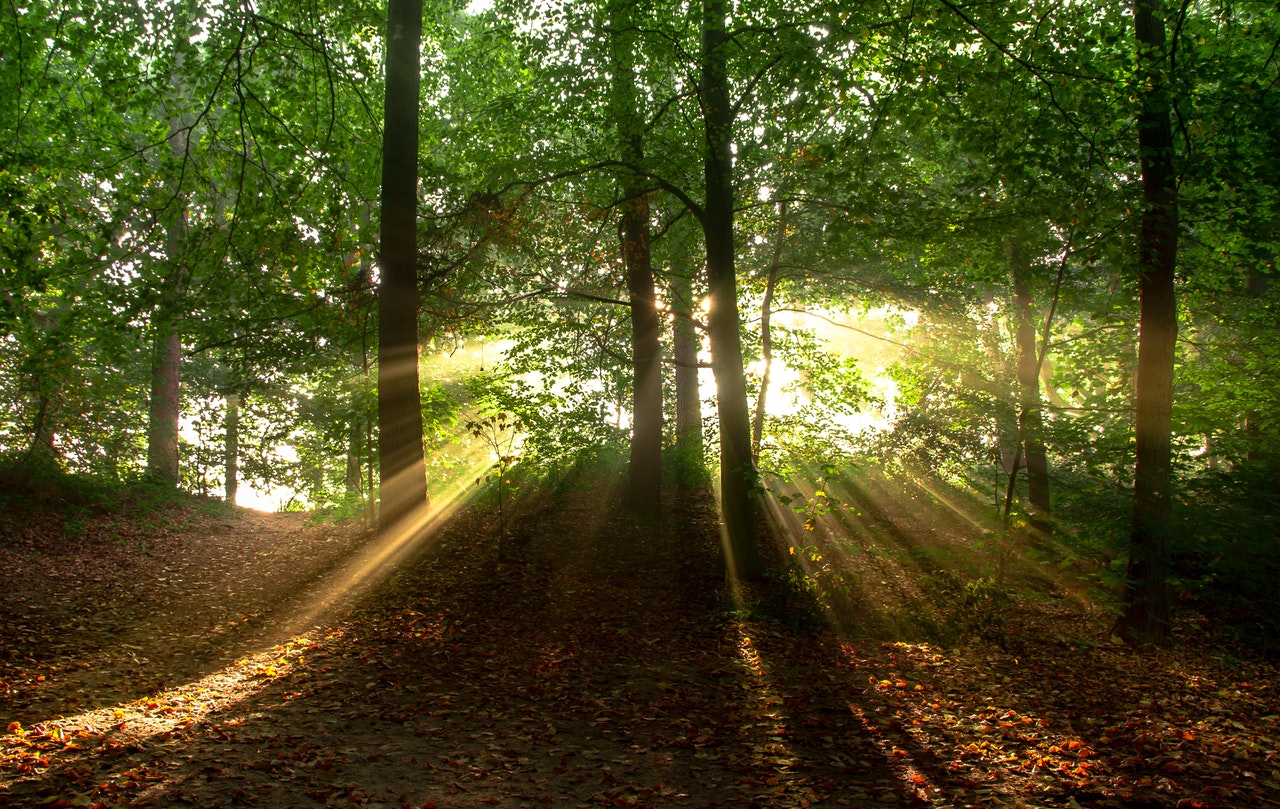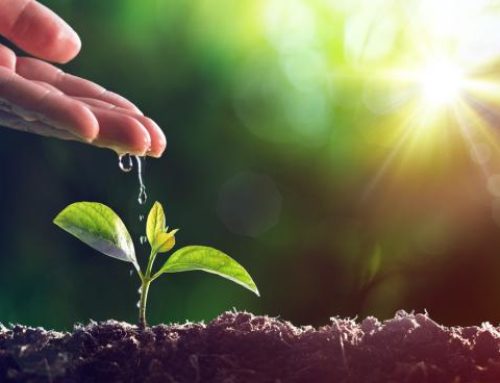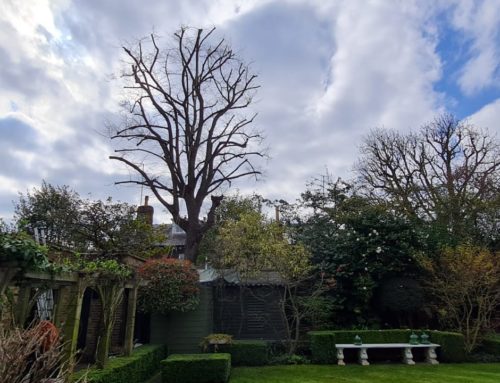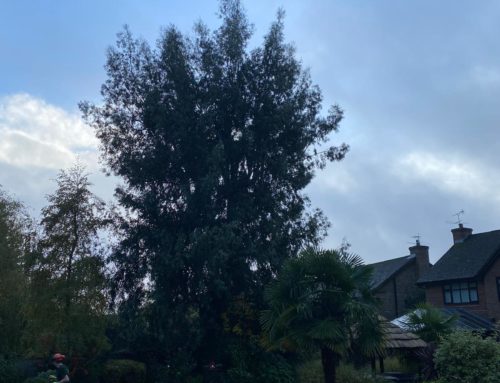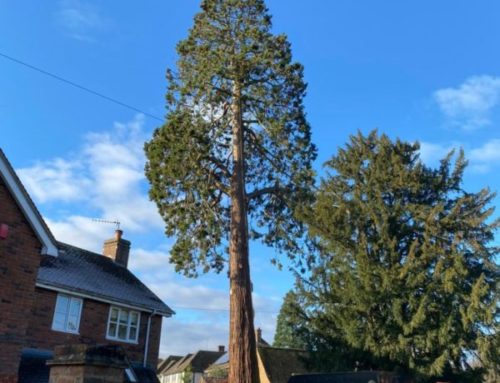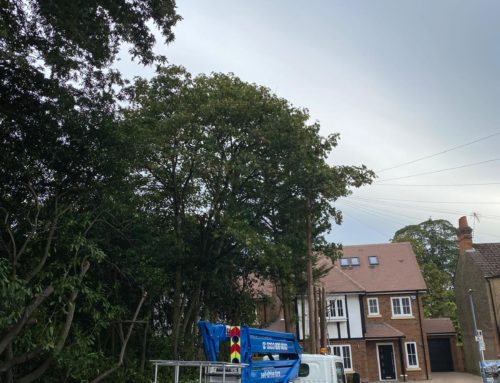Tree guide: what to plant when
The timing of planting a tree can differ, depending on the tree’s condition at the time of purchase. Bare-root trees have their roots exposed, as the excess soil is shaken off after extraction. These trees should only be planted in winter and immediately after purchase. Once cut out of the ground, root ball trees are wrapped in hessian, where the soil surrounding the roots is left intact. These trees should also be planted immediately after purchase and only during winter, as most of their root system has been cut away during extraction. Root ball trees require more aftercare to ensure success when rebuilding their roots, if the tree is wrapped in hessian, this needs to be carefully cut away once the tree is in the ground, before the roots are covered in soil. If burlap wrapping is used, this can be left on, as the roots will grow through. Bare-root and root ball trees are more cost effective compared to container grown trees. These trees are more expensive to buy and can be planted at anytime of the year, while still having a high chance of survival after planting.
You may be thinking, surely the harsher weather conditions wouldn’t help a young tree to survive? During autumn/ winter, the ground is easier to dig and trees require minimal maintenance. Soil takes all summer to warm up and all winter to cool down. Planting in the colder months, means for fairly warm soil conditions, as the soil is still cooling down regardless of the colder temperatures above ground.
Planting in the colder months allows the trees to establish their roots while simultaneously encouraged to grow new roots whilst dormant. Come early spring/ summer, young trees have had the perfect conditions to flourish.
Birch trees
Birch trees are very easy to maintain. Bare root trees are best planted between November and January. Container bought trees should be planted from autumn through early spring. Add a layer of compost to the bottom of the dug hole and place the tree in the ground, mix in more compost with the excavated soil to fill the hole. Water the soil very well and apply a general feed over the soil around the tree, as well as bark chippings and mulch. Aftercare of a Birch tree is fairly easy, only water during prolonged dry periods in summer, then feed plant food in the spring.
Elm trees
Bare-root Elm trees are best planted in the late autumn to early spring, whereas, container grown Elms take to soil anytime of year. Elm trees prefer full sun or partial shade, with moist fertile soil, however, they adapt well to wet or dry soil. The soil requires no maintenance at the time of planting unless it is poor and extremely dry. In this case, filter the soil with compost. Mulch the tree immediately after planting, this will help the soil to hold moisture. Water young trees weekly if there has been no rainfall, a good way to do so, is bury a water hose nozzle into the soil a few inches down and let the water run as slowly as possible and leave for an hour. After a few years the tree only needs watering during prolonged periods of dry spells.
Maple Tree
For best results, root ball and bare-root trees are best planted in late autumn through early winter, however, they can be planted throughout the year unless the soil is frozen. It is best to plant a Maple tree in spring if container grown. For best results create a hole in the ground in full sun or partial shade, with well drained soil (where water doesn’t settle on top of the soil) that remains damp all year round.
Water the tree weekly during the first year after planting, during dry periods keep a young tree well watered and use mulch to keep the soil moist. If tree growth appears slow after the first year, or leaves begin to drop before autumn, fertilize once in the spring.
Oak trees
Oak trees are not the easiest to transfer and plant successfully, strong and large root systems are developed when young. If planting an acorn, always use potting soil in a deep pot (garden soil can be infected with pests, fungus, or disease) and soil should always be moist but never soggy. The seedling is ready to be transported into soil when it’s first leaves are firm and strong, this typically occurs 3-4 weeks after the germination period. Dig a deep hole that is twice as wide as the pot used for the acorn. Remove the root ball once developed from the pot (or if purchased as a young tree) place into the soil with the root crown at soil level.
Water the tree regularly for the first year, this will help to establish the root system in the ground. Water every other day in summer, once every 2 weeks in autumn and do not water during the winter. After the first year, only water on hot days during a drought.
Willow Tree
Willow trees are easy to grow and best planted during December and March to establish a strong root system, before they establish leaves and buds in spring. Willow trees are most commonly purchased as young bare-roots and roots need to be well soaked in a bucket of water before planting. Organic, rich and moist soil will ensure survival for a young Willow tree, surround with mulch to keep away weeds. Work compost and fertilizer into soil if it’s poor and dry and Willow trees require full sun or partial shade to thrive. Willow’s require moderate aftercare and benefit from regular coppicing (cutting the tree back down to a stump) as this encourages roots to thicken and new root growth. Only water Willow trees in periods of drought.

